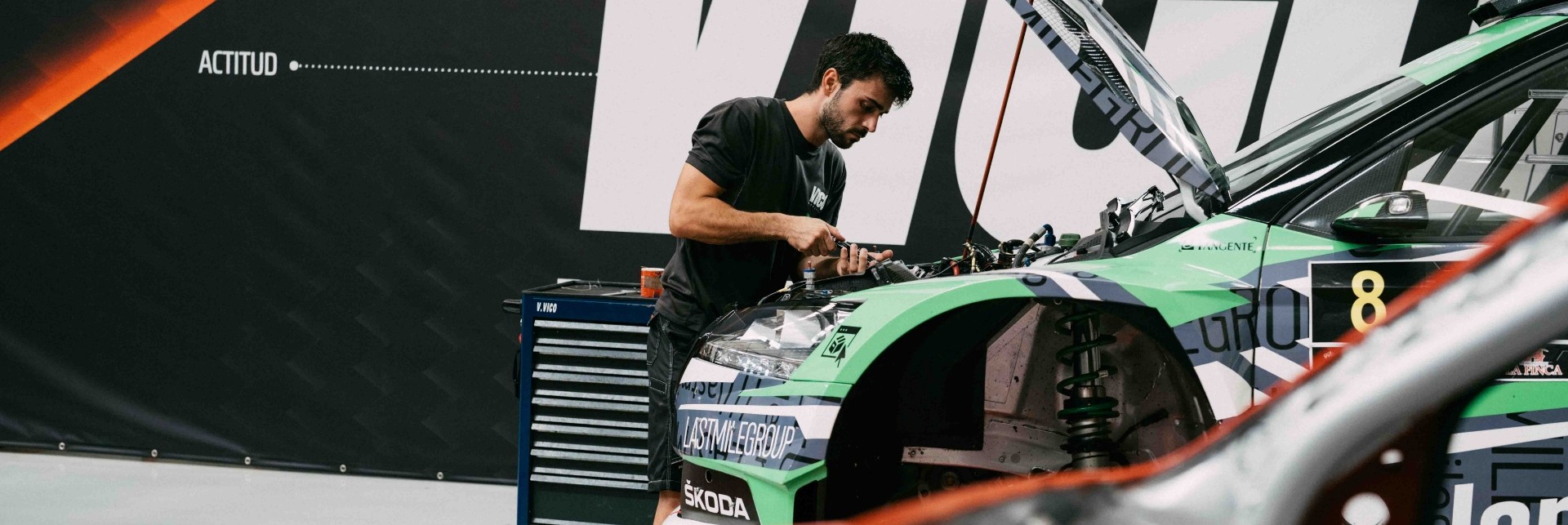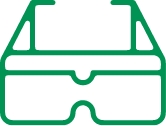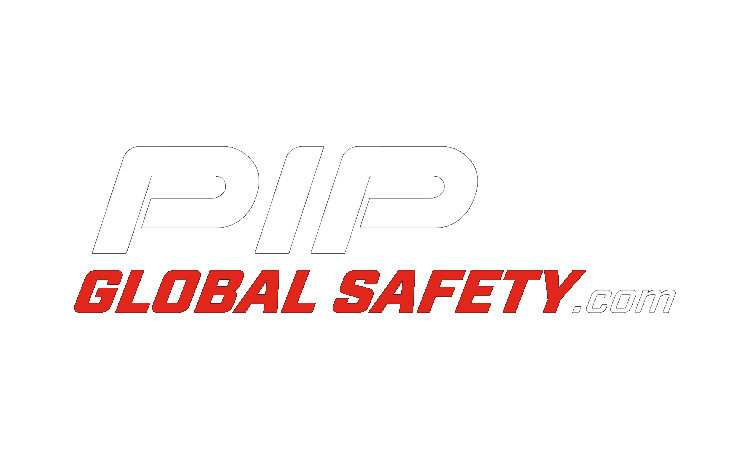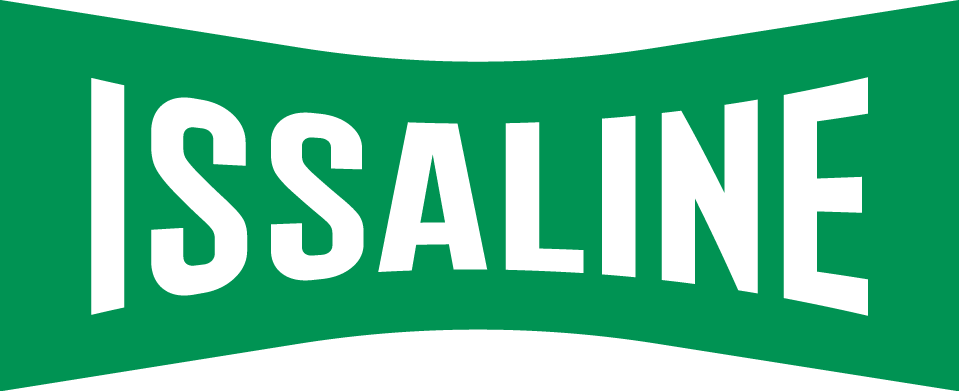Close

MECHANIC
How should a mechanic equip himself?
Vehicles and machinery changed people's lives to make them easier, and as important were those who first made them work as those professionals who take care of their repair and maintenance. Discover with Issaline what the right equipment should look like for mechanics, those professional technicians who become the surgeons of the 'machine':
It must comply with EN ISO 20345 and the footwear must have an anti-skid sole, a protective toecap to protect against impacts or possible crushing, and an anti-puncture insole. Due to the type of environment in which the mechanic works, it would also be important that the footwear be resistant to hydrocarbons.
They must comply with EN 388, against mechanical and physical hazards caused by abrasion, blade cut, tearing and perforation.
One of the most common gloves found in workshops is the anti-cutting glove, for use during purely mechanical work. However, it is common to use other types of gloves to protect the hands when working with solvents, gasoline, chemical products or materials at high temperatures. The latter must comply with EN ISO 374-1/Type C or Type B.
Regarding the wardrobe, the most iconic garments of the mechanic are the mechanic's overall and the work dungarees. The difference between the two is that the former is a one-piece garment, with the central part completely closed, while the latter is held up by straps. Both types of garments are characterized by the use of highly resistant fabrics. In addition, it is important that they are breathable, easy to wash and especially comfortable. In terms of standards, they should at least comply with the requirements of the PPE CAT I.
.
Self-filtering FFP2 particulate respirator complying with EN 149. Especially when the mechanic is exposed to brake dust and vehicle exhaust fumes.
In addition to this equipment, the mechanic must carry CIRCUMSTANTIAL FORM:

EYE PROTECTION
Eye protection complying with EN 170 (ultraviolet filter) when using UV lamps for leak detection of injection circuits, oil, fuel... and/or eye protection complying with EN 166 when using hand tools, wheel dismantlers, degreasing basins, hydraulic presses... etc.

HEARING PROTECTION
Hearing protection that complies with EN 352 / 1, i.e. use of ear muffs when performing noisy tasks.
Issaline declines any responsibility for an incorrect choice of the D.P.I. or for its incorrect use. Always ask your safety officer for precise instructions.


